Santosh Bakaya reviews the book, Burn the Library and other Fictions, by Sunil Sharma. His sensitive pen deftly writes about migrants, the underprivileged, existential angst, broken hearts, double standards, unending quests, and the lingering fragrance of lost love. An exclusive for Different Truths.

Like every writer knows, there are certain ideas that grip you, haunting the mind for months together, finding an outlet in the creative form of poetry or prose.
In A Mini Confession, Sunil Sharma begins by quoting Isabelle Allende, “You can tell the deepest truths with the lies of fiction.” Through these lies masquerading as fiction, the writer has, with a very intelligent subtlety, uncovered some unsavoury truths, which are profound too. His sensitive pen deftly writes about migrants, the underprivileged, existential angst, broken hearts, double standards, unending quests, and the lingering fragrance of lost love.
He says, “Some get finished in one or two sittings; others hang on for months and after many revisions, finally get the form and balance as desired by that elusive idea and inner voice. Writing fiction is a big challenge. You are never happy with the ending – finished product, as a writer. It is a ceaseless journey of evolution as a storyteller. Once smug, your journey stops.”
What does one do with this chaos? Naturally, put some order in them.
I agree with every word of the writer. Many times, I have got up in the middle of the night, a story idea churning in my mind, and eclectic characters slyly slipping into the story. What does one do with this chaos? Naturally, put some order in them. The writer with deft strokes of his pen, has done exactly that, enchanting and intriguing the readers; at times making them sit on the edge of their seats, biting their nails, at times amused, at still other times furtively wiping tears. Isn’t that what a good raconteur is supposed to do?
The source of these fictional pieces, as he says, is his “middle-class milieu and experiences – and literary readings, and, sometimes, dialogue with the masters that have stayed on for me for more than two decades.”
When I read the first story, A Fairytale called Hans Christian Andersen, I almost gasped.
When I read the first story, A Fairytale called Hans Christian Andersen, I almost gasped. As a child the characters from Hans Christian’s fairy tales had given me many sleepless nights, and in many of my flights of imagination, I had often seen myself talking to him, and foolishly telling him that he should have ended a particular story in a different way. The Little Mermaid, the Princess and the Pea, Thumbelina, The Ugly Duckling and The Snow Queen continue to be etched in memory.
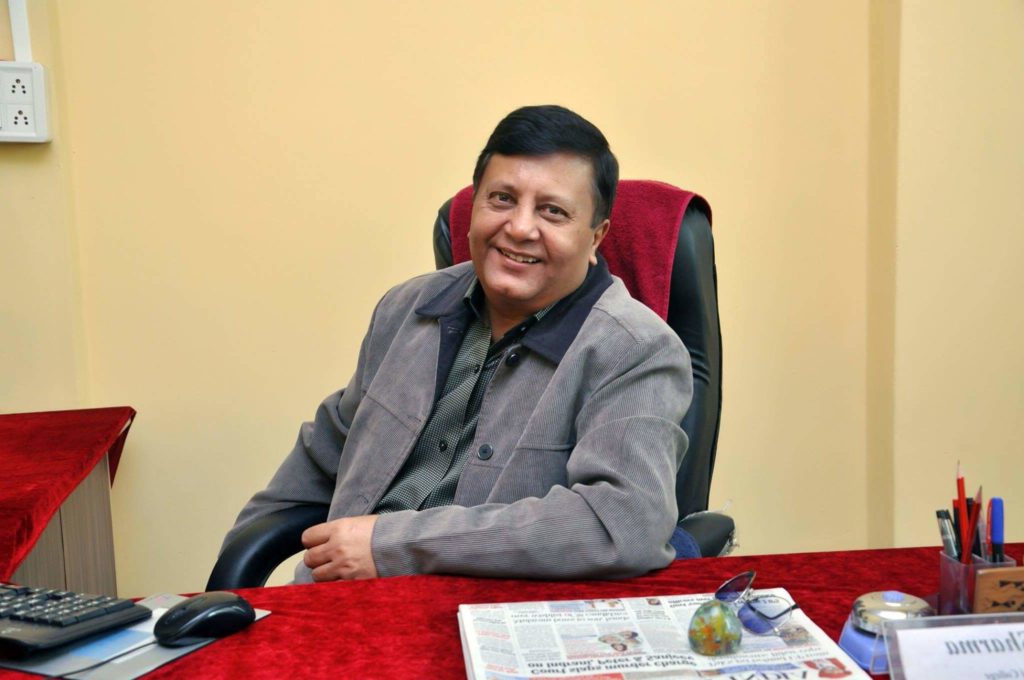
The words from this first story ring so true. Fiction again masking truth.
“The Little Mermaid nods. “Yes. You folks are judgmental!”
“Seeking love, understanding and value as a creature perceived to be odd can be tragic in our culture,” I continue. “Little Mermaids are doomed to die in every age!”
Yes, aren’t human beings often judgmental, passing judgement without batting an eyelid?
The intertextuality in Love with a Smile, tinged withmagical realism,beautifully succeeds in capturing the essence of love and romance.
As the writer says, it is, “an intertextual work of fiction nodding towards Marquez and Cervantes and capturing the essence of human condition in foreign lands under the gaze of both the Masters.”
In Love: Beyond Words, with an effortless felicity, he talksof departing and quivering shadows…
In Love: Beyond Words, with an effortless felicity, he talksof departing and quivering shadows, fleeting outlines, struggles and suspicions, leaving the readers with a lingering feeling of loss and yearning.
In The Last Indian Duchess: A Dramatic Monologue, the versatile storyteller left me awe- struck. While this story saw him touching new heights of creativity, it also found me, as a reader, stooping down towards the floor to furtively retrieve my fallen jaw, intrigued by the writer’s creative ingenuity, who really has a way with words, a keen eye and a great sense of observation which makes him excel at description.
Here are some examples of his deft descriptive word play:
“The tall trees swayed dangerously like a pack of drunks on the red-tiled pavements on either side of the dim wide street where ghosts danced in the threatening shadows – lit feebly here and there by the leaping fires hungry for more of the twisted urban symbols of progress”.
“I was everywhere, yet nowhere. Hounded out everywhere. Cursed. Powerless. No voice. No clout. The dispossessed. I am Mr. Nobody. A human, yet not human. A native, yet an alien among my own. A man without any dignity. A soft target everywhere. An unseen man. A zero man. Phantom.” [The Migrants are coming]
“The look of a deprived kid in the middle of affluence! The same look some adults give to a passing BMW; a white cottage in a leafy boulevard; a diamond necklace being advertised on TV or discounted vacation in a Swiss chalet!”
“Or an obese guy eyeing the enviable flat belly of a hunk!”
“I start crying. I become that old Uncle Prem, thinking of enduring absences, aching voids, lapsed moments coming alive dramatically before mind’s eye….and then the teddy transforms into my young son, holding me in his arms and saying, Papa, I love you… and the two of us dance in that little living room in that splendid wintry night.” [A Story by the Teddy Bear]
This is such a heart- wrenching story, and I loved it so much that I kept going back to it.
“The man was not very old and seemed to be waiting. He had a great presence. A stand-out guy. Raw and appealing. You could sense power emanating – a resting sinewy cheetah. Alone, brooding, yet untouchable. The face, in profile, was weather-beaten and ruddy. Hypnotic, thought the viewer, watching the man.”
The Meeting with Hemingway begins thus, utterly enchanting the reader, making him sit on the edge of the chair…
The Meeting with Hemingway begins thus, utterly enchanting the reader, making him sit on the edge of the chair, till the story is completed. In the story, a young man Mboto is on the look-out for his father whom he manages to find finally. How he does it, is what makes the story an extraordinarily profound one. Does he find him under the red umbrella in that tumbledown eatery, Safari in Kenya, in the persona of that rough, tough man emanating a sinewy strength –or just in his flights of imagination?
“About finding his lost father again, Mboto evaded direct answers but once famously said to me, ‘all of us do find our fathers, somewhere, at some time! They teach us a lot about transcendental values. I did find mine, many years ago, on a lazy August noon. He lives on in my mind and heart.’
I could go on and on about this story, because Hemingway also happens to be one of my favorite writers, and one wants to go to this intriguing story again and again. This piece of fiction is indeed the pièce de ré·sis·tance in the compilation.
The title fiction Burn the Library is a hard hitting, satirical punch, very creatively written.
The title fiction Burn the Library is a hard hitting, satirical punch, very creatively written. A multi- nuanced piece which has great potential of turning into a novel or a disaster movie of a different sort. The entire idea of the story is encapsulated in the following words – a chunk of literary creative gem.
“You can destroy libraries but not the library stored in mind. You can destroy machines and androids but not the idea. Ideas have a unique capacity to travel. These are viruses that can never be conquered by any state. Humanism is one such eternal idea. Force can never wipe it out or delete. By the time you finish it reading, the idea of humanism would have travelled – infected? – globally and pollinated a tiny corner of the chips implanted by the RNB into the brains of the drugged folks; lost heritage the germ of humanism will sprout fast and smash your totalitarian system of machine beings…
There is a tidal way of humanism, mass awakening.”
The twenty-word flash fiction, a compilation of witty, humorous, satirical, and touching words…
The twenty-word flash fiction, a compilation of witty, humorous, satirical, and touching words makes intelligent punchlines, impacting the reader in a very powerful manner.
Stones is a heart- wrenchingly real story of how tiny teenage girls must carrythe ‘heavy burden of gender’, and how the boys gloat in the centennially entrenched mindsets, which gives them superior power over girls.
While reading the book, many a time my eyes tingled, many a sigh escaped my lips, inspiring awe in me, and my hand inadvertently went to my hat to doff it to this master wordsmith for his concise language, laconic expression, and captivating style, tinged with intertextuality, his ‘short, clean, well-lit fluorescent words and clipped elegant sentences’, so pleasantly reminiscent of Hemingway.
In a nutshell, the book left me highly enriched…
In a nutshell, the book left me highly enriched, inspiring me to keep plodding forth on the ceaseless journey of evolution.
This elegant book, meticulously published by AuthorsPress should be compulsory reading for all budding readers and bibliophiles- and of course part of every university and college library.
Highly recommended.
Photo of Book Cover sourced by the reviewer

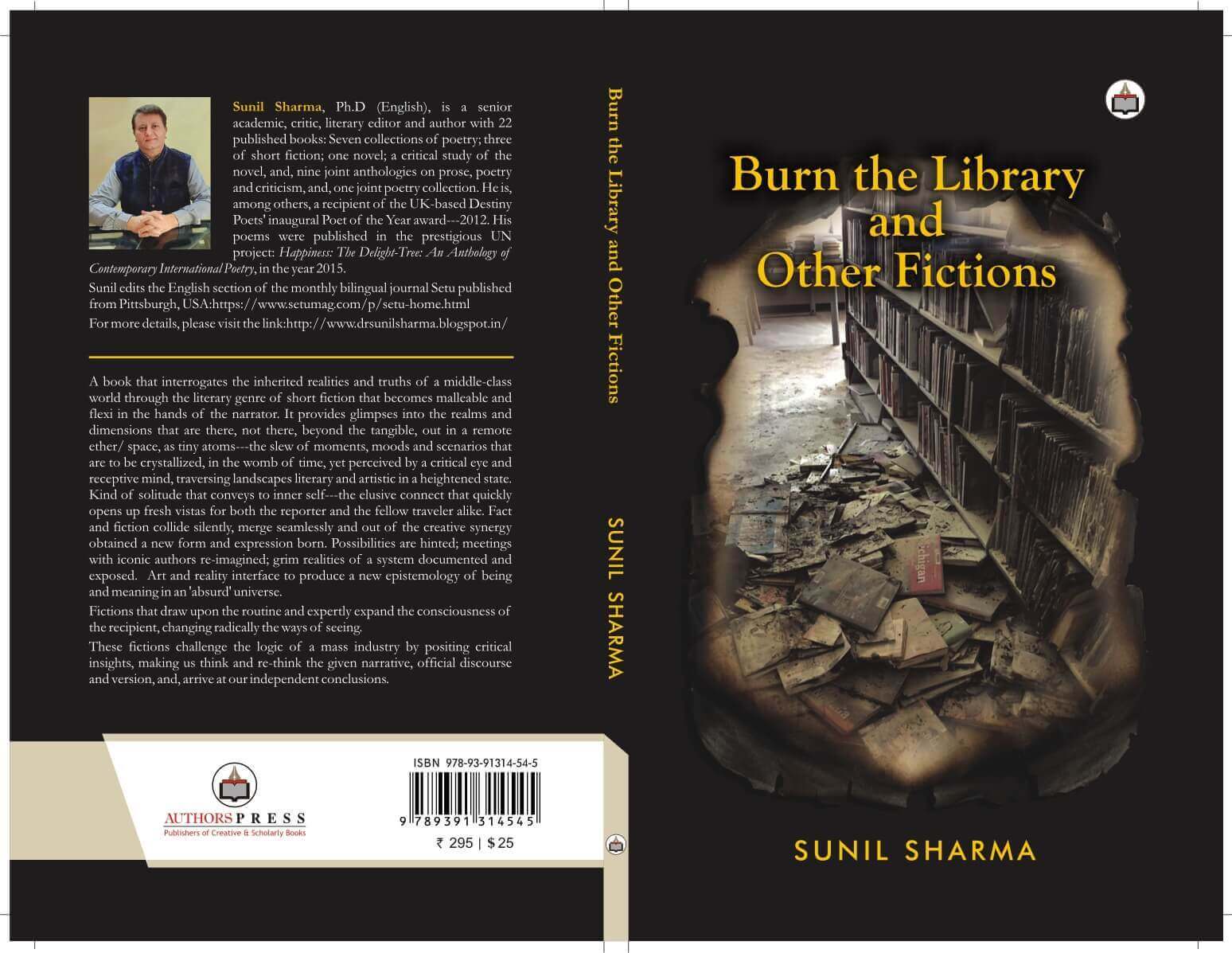

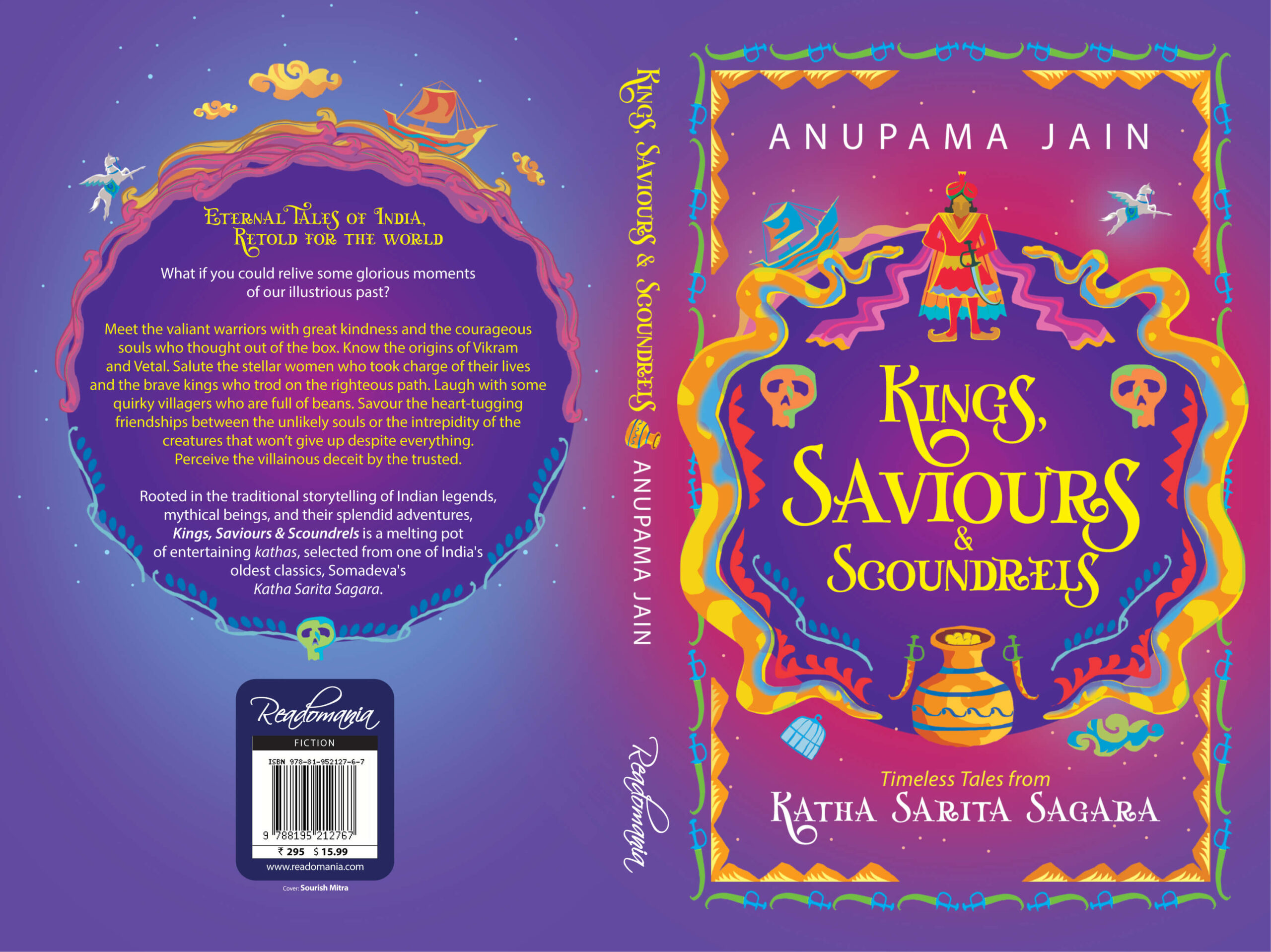

 By
By
 By
By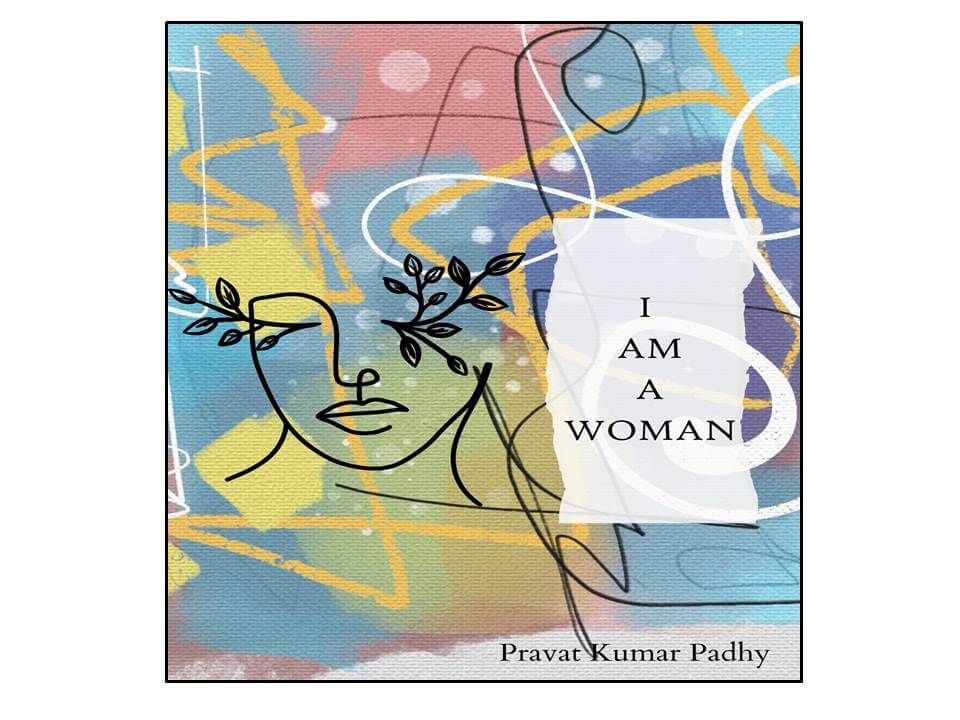
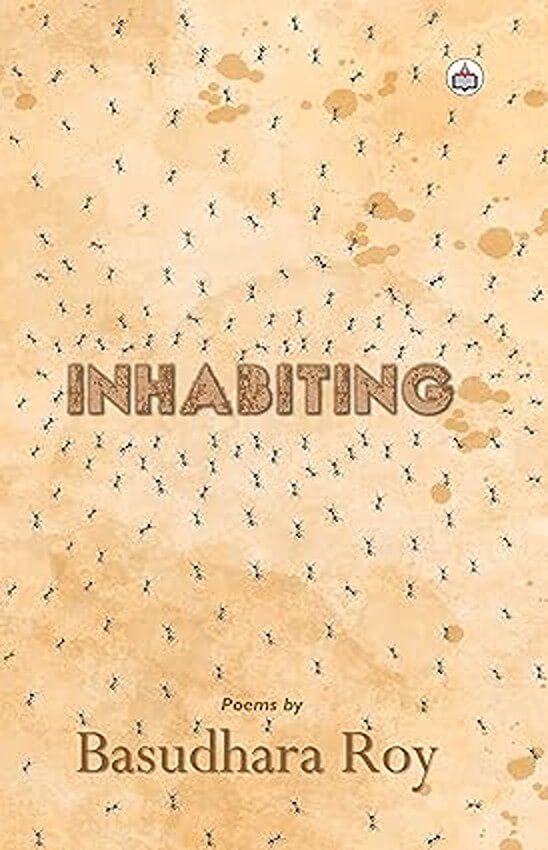
Great analysis nudging the prospective readers to hunt for the book. Congratulations Sunilji and Santoshji.
Thanks for your comment Pankajam